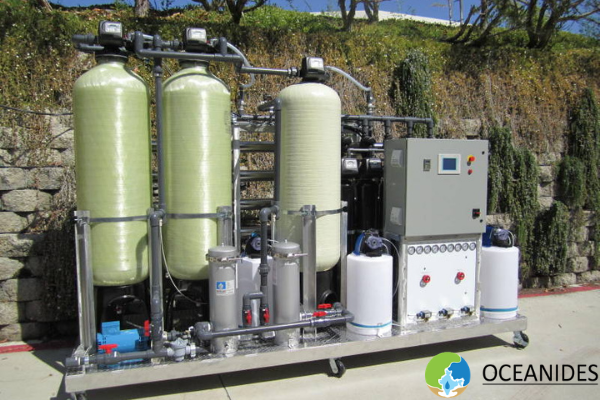With an exploding growth in population and deteriorating water supply, India has an ever-growing requirement for clean drinking water. Additionally, we also need wastewater management. In a country with heavy demand and severely depleted water sources, wastewater management as well as a reliant water treatment technology becomes imperative.
RO technology is the answer to this rising demand. The technology can successfully deionise water to the extent that 95% – 99% contaminants are removed. This also makes the Indian market ripe in opportunities for commercial RO plant manufacturers. Today we have a number of players in the market, from the multi-national firms to medium and small-scale entrepreneurs.
The Indian market
With a massive population, India is the world second largest water consuming country. This demand has grown exponentially in the last few decades and we are on the verge of a severe water scarcity. Not only do we need more availability of water, we also need water that is good enough to drink. Unfortunately, rising pollution has also made most of the naturally available water in the country undrinkable, even toxic in some places.
What are the driving forces of the rising demand?
- Rising population
- Rising industrial growth
- Increase of agricultural demands
- Shrinking groundwater
- Rising water pollution of rivers, lakes and other water sources
- Health consciousness
- Regional water disputes
The imbalance in this demand and supply has created a vast market that is teeming with opportunities. As a result, investment has been pouring into this industry from multiple sources, from foreign conglomerates to small entrepreneurs. India is today counted as one the leading markets for bottled water.
The Process
In an RO plant a semipermeable membrane separatesthe dissolved contaminants from water. The feed water has a heavy presence of solids, organic wage, nitrates, bacteria and pyrogens. This water is pushed through the membrane under intense pressure. The minute pores of the membrane with the help of reverse osmosis, passes through the water, while pushing off the contaminants to one side.
The resultant clean water is known as permeate water. This water is removed of all impurities. The process clears out 95% to 99% of the contaminants. The membrane is made of polymers, polyamides and cellulose acetate. Modern membranes can be incredibly thin to allow for maximum water to pass through, while refining the filtration process.
The Scope
Water treatment in has two main components: Treatment of wastewater and the purification of drinking water. Currently, there are multiple technologies employed in this sector. However, RO accounts for the maximum share of the pie. Largely speaking the scope for commercial RO plant manufacturers lies in the following domains:
Municipal sector: RO plants are used for wastewater treatment and the sanitation of drinking water. Many RO plants have become an intrinsic part of the water distraction network.
Construction industry: Many new residential complexes are today built with an RO system on the compound. The need for finding self-sufficiency is driving this sector’s demand. This demand also comes from other properties like hospitals, malls and offices complexes.
Industrial sector: Many industries use water in their manufacturing process. The biggest requirement comes from the F&B industry. Fruit juices, wines and breweries use RO technology to concentrate liquids like fruit juice. The dairy industry also uses the technology to prate whey from milk.
Desalination: With a large coastal area, India can effectively use desalination to meet its rising demand for drinking water. Although this has been effective in many counties since the 90s, in India desalination plants using RO technology is still in its infancy.
The Challenge
Like any technology RO is not without its challenges. Some of these are:
Regular maintenance: RO plats are susceptible to damage from fouling, chemicals and other matter. This requires regular maintenance.
Lack of pre-treatment: Heavy presence of contaminants requires pre and post treatment at RO plants, which is often ignored.
Responsible disposal of rejected stream: The rejected stream has a heavy presence of contaminants. If released irresponsibly, it can cause severe damage to the surrounding ecosystem, raising salinity and the presence of contaminants. Although there are strict norms regarding this, these rules are often ignored
Conclusion
RO technology is the most reliable and effective means of wastewater treatment and water sanitation. Rising demand has seen a number of commercial RO plant manufacturers. However, there are still certain challenges that we need to address, especially the responsible disposal of reject stream.



